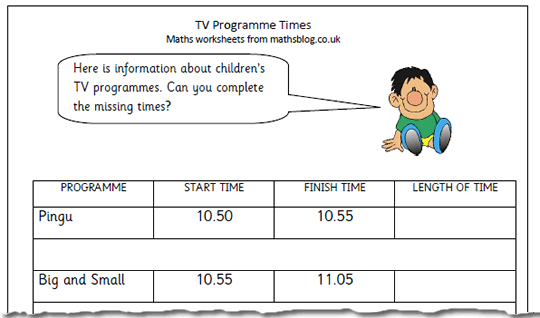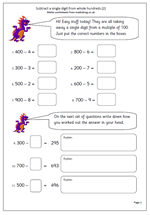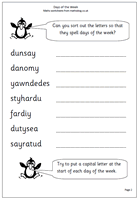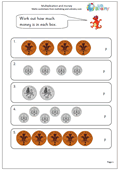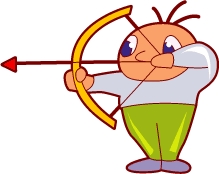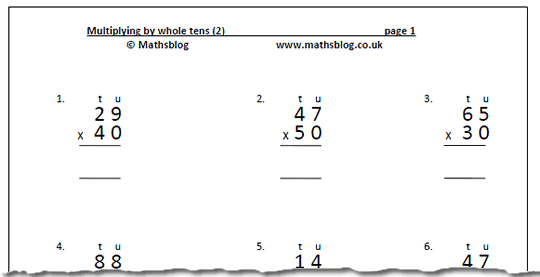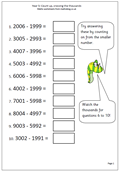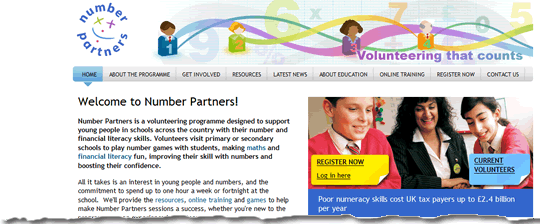
I came across a really interesting project the other day for anyone in business who would like to share their love of maths with children in school for just a few hours a month.
Number Partners is a volunteering programme designed to support young people in schools across the country with their number and financial literacy skills. Volunteers visit primary or secondary schools to play number games with students, making maths and financial literacy fun, improving their skill with numbers and boosting their confidence.
Evidence indicates that not only do volunteers help in supporting young people’s maths, but are also vitally important in the development of their personal and social skills.
“It’s rewarding to see how giving up a small amount of your time can make a big difference. I was amazed by how excited the children were!”
Volunteer Number Partner
Number Partners volunteers are highly valued in schools and they are in great demand. To read case studies of Number Partners in action and how it can make a real difference to children in schools across the country, please visit the Number Partners website at www.numberpartners.org
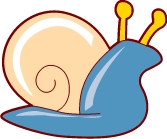 Next week we have a page on knowing that multiplication can be done in any order. This, of course, is also true of addition, but not subtraction or division and this knowledge comes into play a great deal later on with ‘BODMAS’ etc.
Next week we have a page on knowing that multiplication can be done in any order. This, of course, is also true of addition, but not subtraction or division and this knowledge comes into play a great deal later on with ‘BODMAS’ etc.